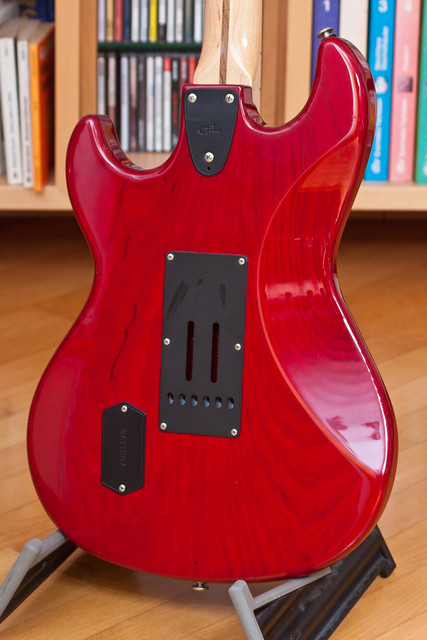I saw this show up on my Guitar Center used inventory today and had just been thinking that I wanted to get a vintage Leo guitar. Since a 50/60's Fender is out of my price range and I am more into playing than collecting and like funky out of the norm things anyway, I started looking at MusicMan and G&L. I had recently purchased a Taylor 414CE but already have a Larrivee that covers my acoustic needs quite well so I returned the Taylor, bought the F-100 and got a few bills back!
Anyway, here she is!



Refretted at some point with jumbos and has a brass nut. I thought this would bother me but it's very comfortable with no fret out and I cant tell any difference with the nut.

So my question is probably a dumb one but how do I tell if it is active or passive? It sure seems to react like an active guitar and the red switch seems to be a boost but there is no battery hatch on the back like I have seen with Music Mans that had the active circuit. Are the G and L's different? Do I have to open to know for sure? Does the red switch act as an out of phase switch on the passive model?
I have heard that these are very bright but that has not been my experience at all. Actually, I have found it to have the most usable coil splits of any guitar i have played and to be very flexible. Not at all bright actually with the eq's help. I'm not sure if it was modded at all though under the hood.
